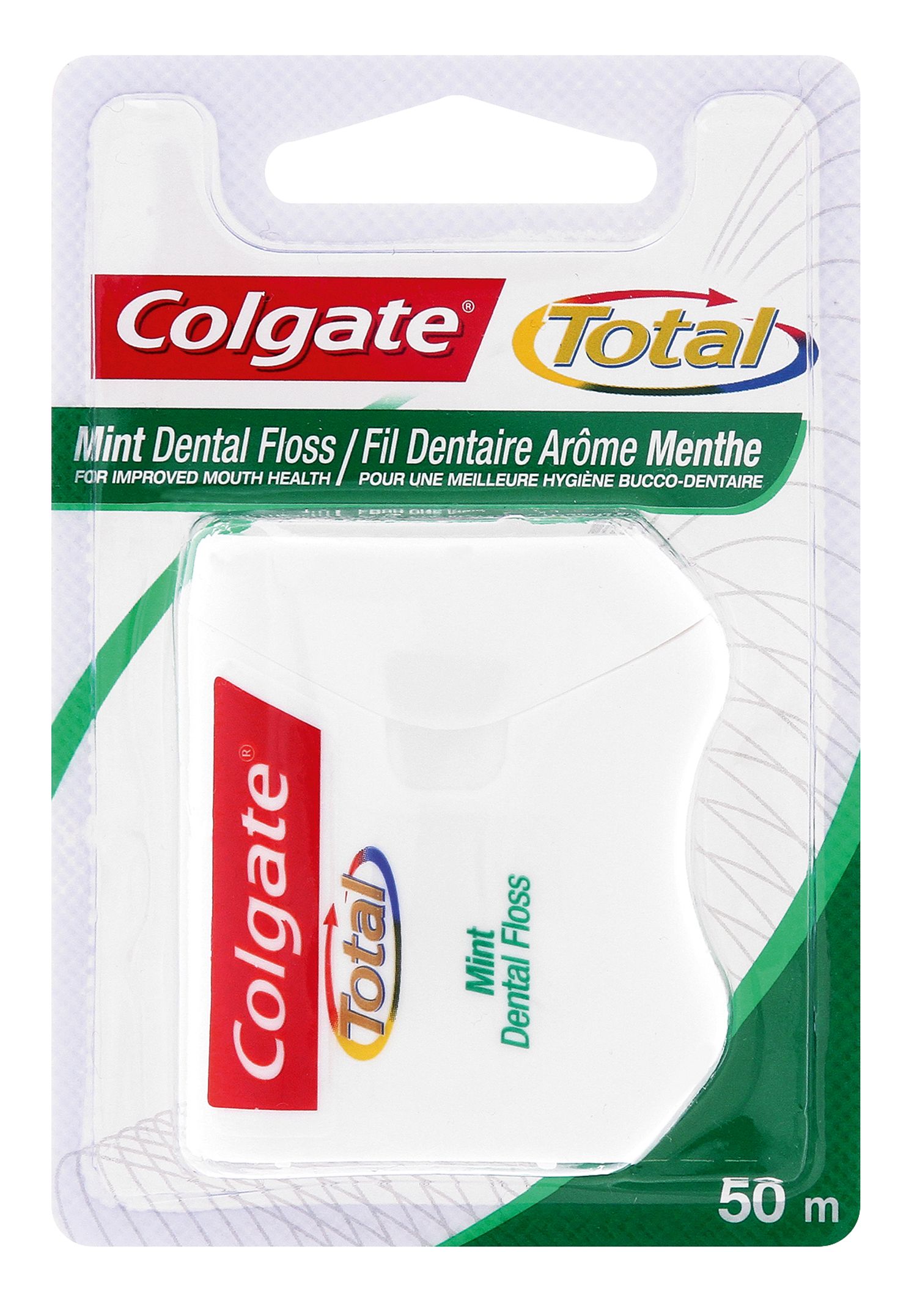-
-

CAVITIES
Can You Heal A Cavity At Home?You feel a sharp pain when you bite down or try to eat. You think it's a cavity, but you're not 100 percent sure...

BAD BREATH
How To Cure Bad BreathMore commonly known as bad breath, halitosis is an embarrassing hygiene issue that nobody wants, but some of us get every now and then...
-
Science & Innovation
- Colgate® | Toothpaste, Toothbrushes & Oral Care Resources
- Oral Health
- Eagle Syndrome: Signs and Treatment Options


You may be aware of common secondary ailments that could affect your dental health. For example, gum problems have been associated with other illnesses, such as diabetes and heart disease. But Eagle syndrome is a condition you may not yet be familiar with. According to the a title Genetic and Rare Diseases Information Center (GARD), this syndrome leads to throat and facial pain typically associated with a tonsillectomy or trauma to the throat area.
When people experience symptoms of recurring pain in the throat or surrounding area, it can be challenging to diagnose and treat such pain, given the broad range of conditions associated with a sore throat. Your first reaction may be to visit your doctor, which is always a sound idea. But with mouth or throat-related conditions, it's also wise to schedule an appointment with your dentist right away. Not only can your dentist treat your teeth, but he/she can examine your mouth for signs of other problems and recommend the best next steps.
If you have pain in your throat and face, you could be suffering from Eagle syndrome. Here's what to watch out for and what to expect from your care:
Signs of Eagle Syndrome
Eagle syndrome is also known as elongated styloid process or styloid-stylohyoid syndrome. The styloid process is a small bone located just below your ear. This small bone can generate a lot of pain where elongation or calcification occurs, causing pinched vessels or nerves in the area and resulting in inflammation. Symptoms include, but are not limited to:
- Sore throat
- Ear pain
- Reduced hearing
- Tinnitus
- Trouble swallowing or chewing
- Feeling as though you have something in your throat
- Pain when yawning or turning your neck
- Facial pain
Only 4% of the population have an elongated styloid process, and most patients are asymptomatic. Eagle syndrome is very rare, as it is estimated to occur in 1 of every 62,500 people. Women are three times more likely than men to have this syndrome, notes the Genetic and Rare Diseases Information Centre.
Diagnosing Eagle Syndrome
Diagnosis often includes a long evaluation process to first rule out other dental or health concerns. An injection of local anaesthetic may not only relieve the pain, but also rule out whether other factors are contributing to the symptoms, according to The British Journal of General Practice.
Your doctor will review your medical history to determine whether any previous tonsillectomy or traumas to the area have occurred that may increase your risk, explains a case report in the Journal of the Korean Association of Oral and Maxillofacial Surgeons (JKAOMS). Your doctor will also use a panoramic X-ray called an orthopantomograph to view and evaluate the area.
Surgical and Non-Surgical Treatment
Your doctor will decide which treatment path is right for you, based on your specific case and pain level. Medication is a common path in non-surgical treatment; prescriptions can include analgesics, anticonvulsants, antidepressants, along with other pain killers, according to the JKAOMS. Treatment can last for only three months or more, or may be used on an ongoing basis for pain management.
Where non-surgical treatment isn't working, your doctor will likely recommend steroids, pain block injections or surgery to remove the bone, based on a report published in the Journal of Maxillofacial and Oral Surgery. After surgery, the doctor will most likely provide you with an analgesics prescription and ask you to return in seven days to remove your stitches.
It is important to take extra care around the surgical area. Ask your doctor for advice on the oral care routine to follow for a healthy mouth.
Related Products

Helping dental professionals
More professionals across the world trust Colgate. Find resources, products, and information to give your patients a healthier future











